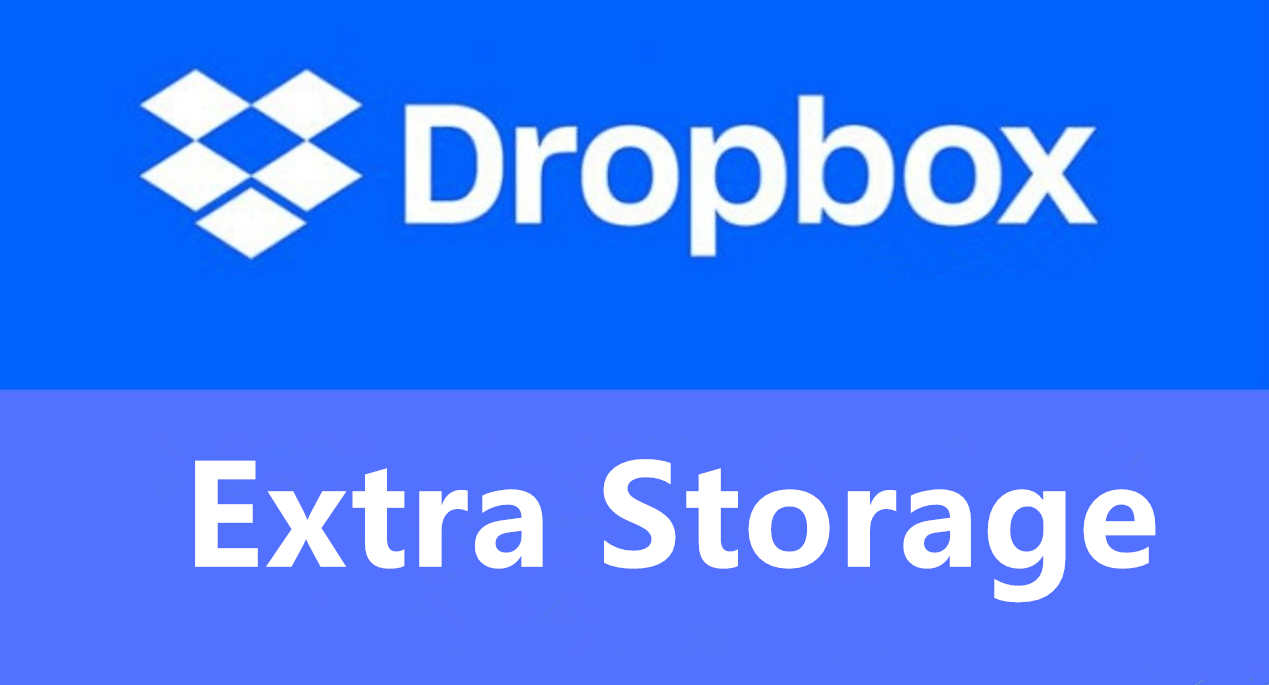If you're using a Debian-based Linux distribution and want the latest version of VLC Media Player, installing it via Flatpak is a great option. Unlike the Debian repositories, which may provide slightly older versions, Flatpak delivers the most up-to-date and sandboxed apps — straight from the source.
In this quick guide, I’ll walk you through installing VLC using Flatpak on Debian.
What is Flatpak?
Flatpak is a universal packaging system that allows you to install applications that run in isolation from the rest of your system. Apps packaged via Flatpak include all their dependencies and are updated independently of your system packages.
Step-by-Step Installation of VLC via Flatpak
1. Install Flatpak
First, ensure your system has Flatpak installed. Open a terminal and run:
sudo apt update
sudo apt -y install flatpak
2. Add the Flathub Repository
Flathub is the most popular repository for Flatpak apps, including VLC.
sudo flatpak remote-add --if-not-exists flathub https://flathub.org/repo/flathub.flatpakrepo
3. Install VLC from Flathub
Once Flathub is enabled, install VLC:
sudo flatpak install flathub org.videolan.VLC
This command will download and install VLC along with all required runtimes.
4. (Optional) Add Flatpak Apps to Application Menu
To ensure Flatpak apps appear in your desktop environment's launcher menu, update the XDG_DATA_DIRS variable.
Add this line to your .profile (or .bashrc or .zprofile depending on your shell):
echo 'export XDG_DATA_DIRS=$XDG_DATA_DIRS:/var/lib/flatpak/exports/share:/home/$USER/.local/share/flatpak/exports/share' >> ~/.profile
Then, reload the profile:
source ~/.profile
Running VLC
Now you can run VLC using the application menu, or launch it from the terminal with:
flatpak run org.videolan.VLC
Benefits of Using VLC via Flatpak
- Always up-to-date with the latest features
- Sandboxed environment increases security
- No dependency conflicts with system packages








